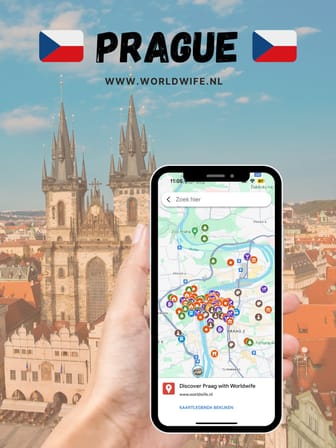Old Jewish Cemetery

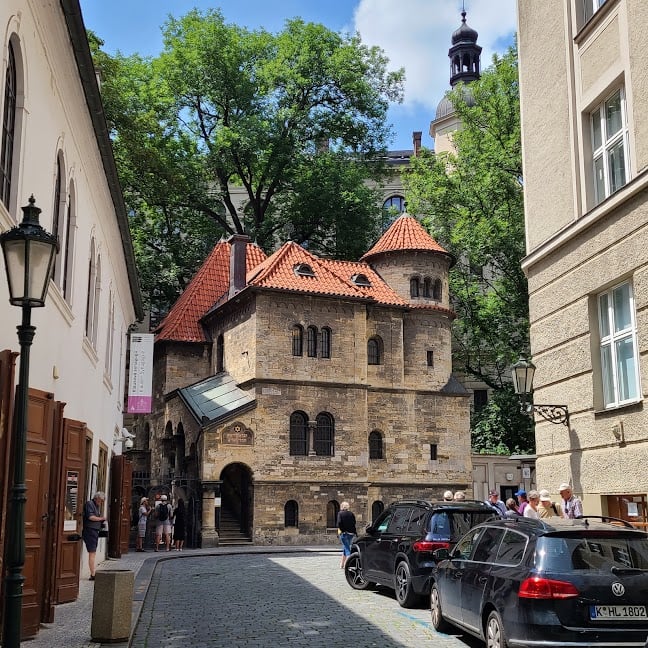
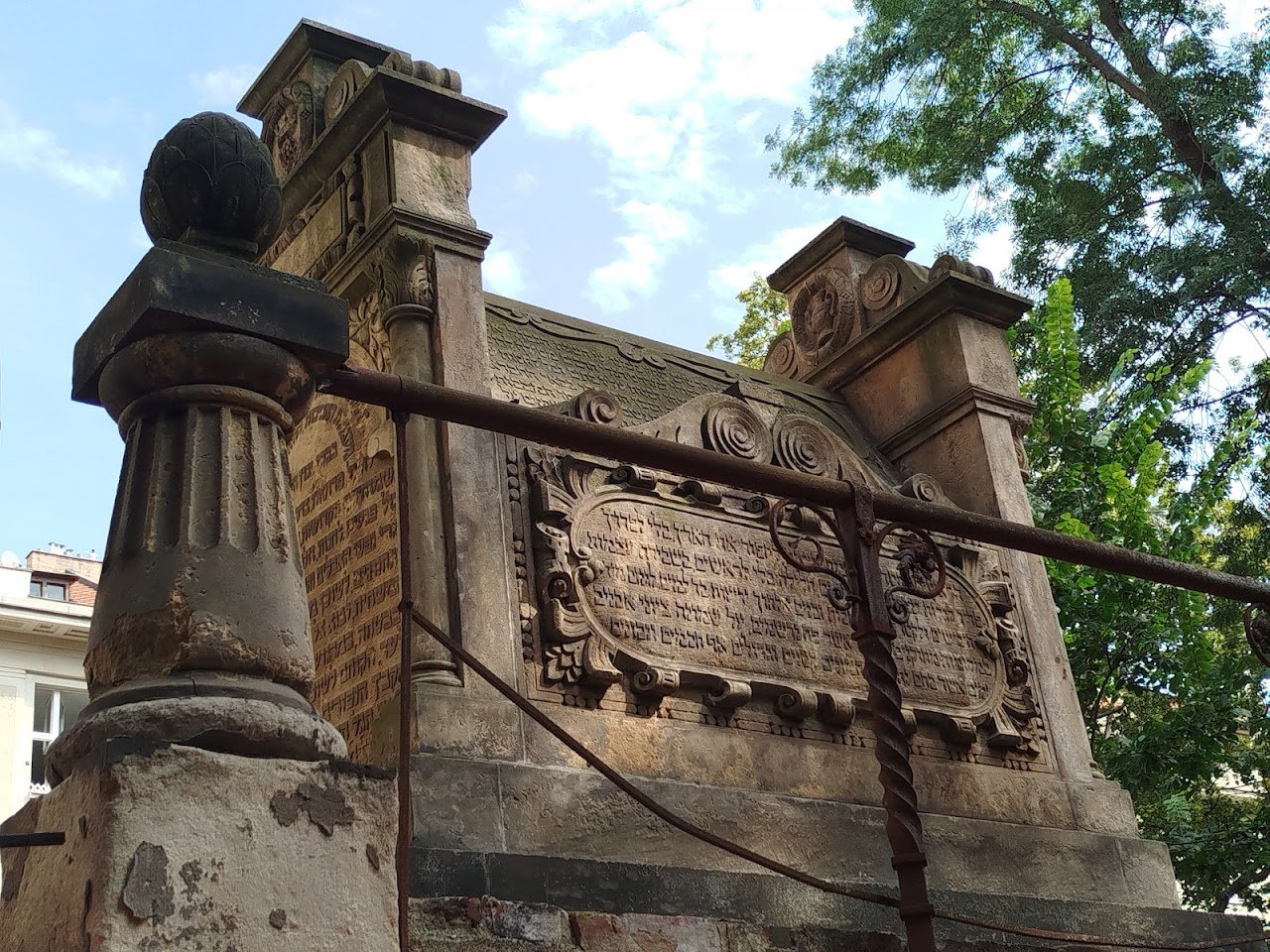
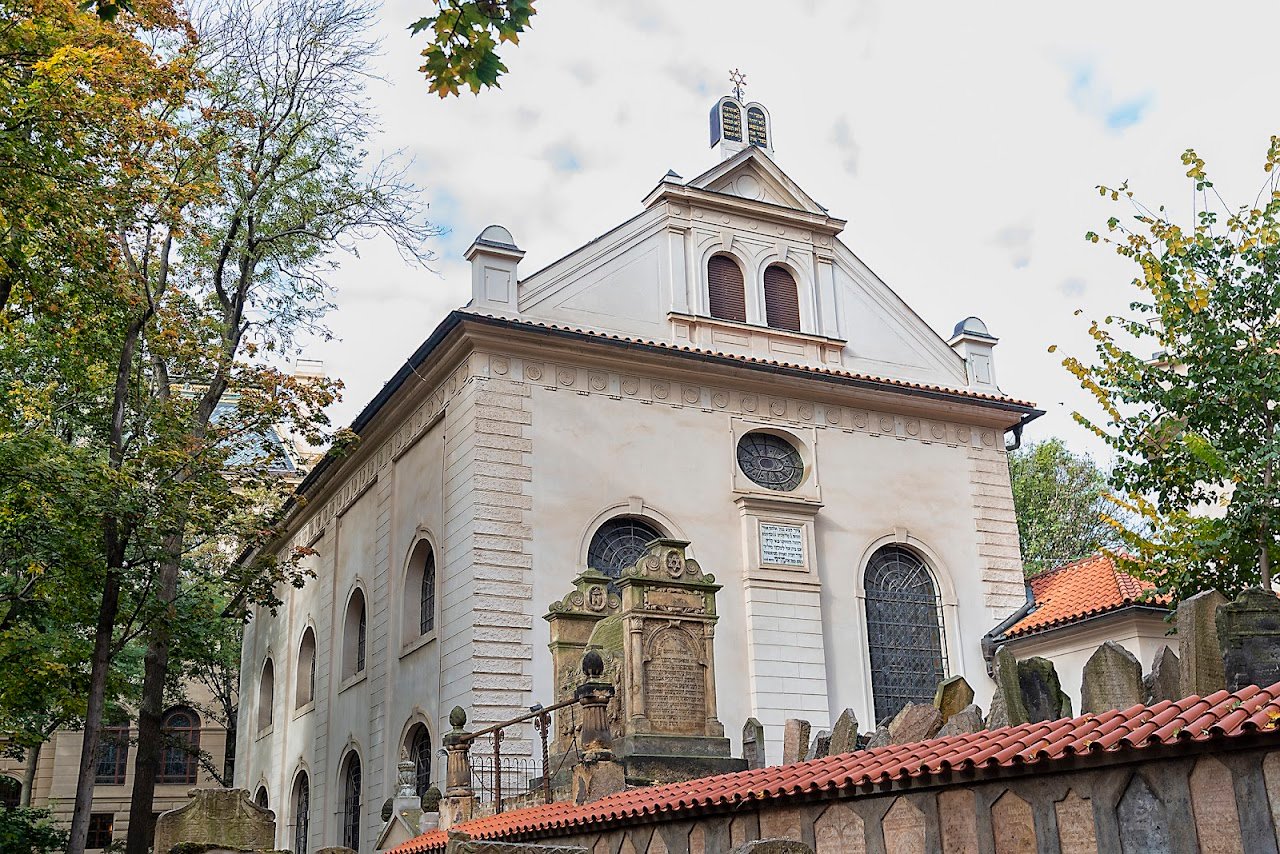
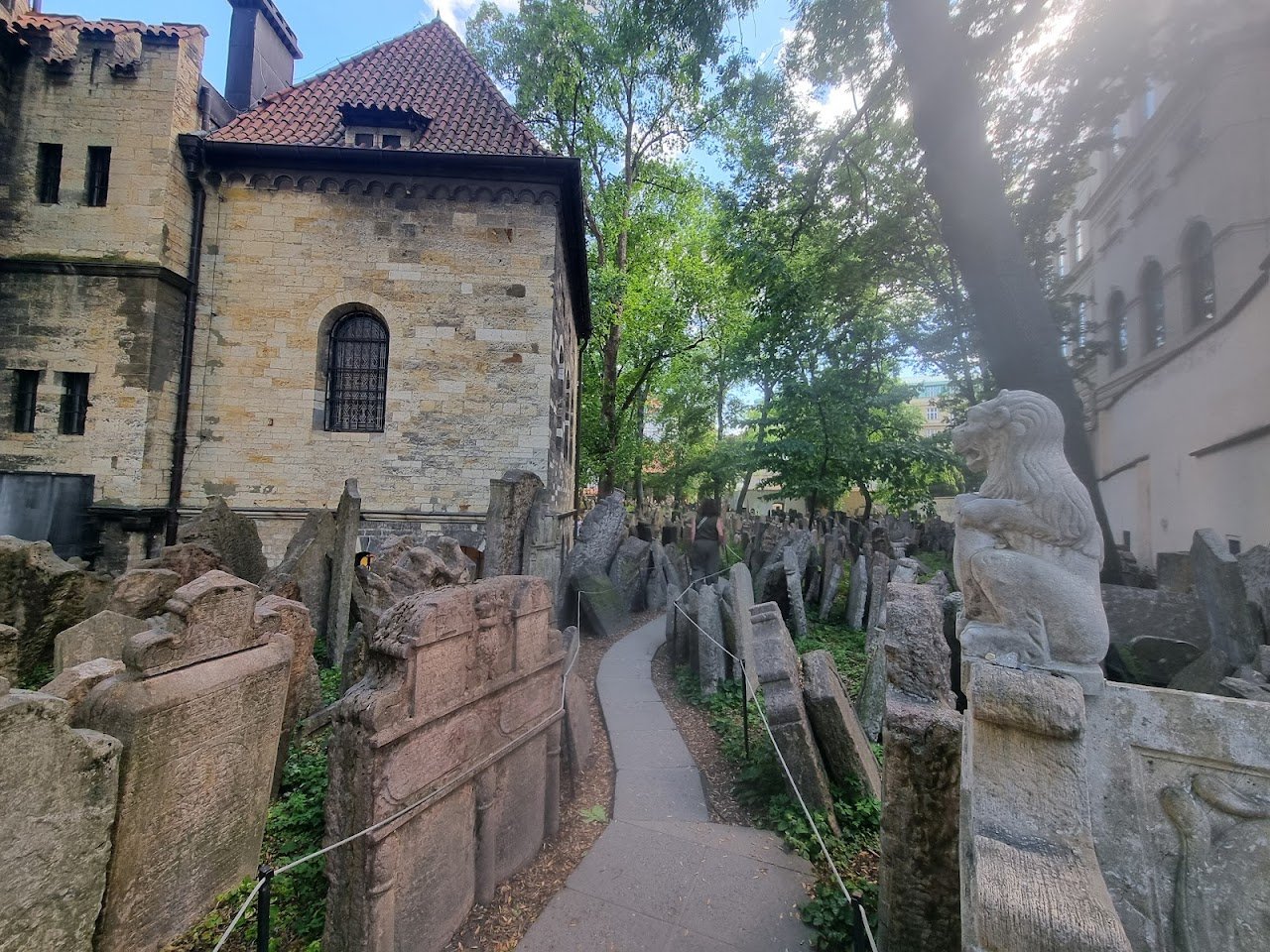
What people say
Pedro Pereira
Available for hire
"The Old Jewish Cemetery in Prague is a site of immense historical and cultural significance, founded in the first half of the 15th century. Along with the Old Synagogue, it is one of the most important preserved monuments of the Jewish Town of Prague. The cemetery served as a burial ground until 1787 and spans approximately 11,000 square meters, containing around 12,000 tombstones and approximately 40,000 ritually deposited remains. The oldest known tombstone belongs to the scholar and poet Avigdor Kar, dating back to 1439.
Over the years, the cemetery has undergone several expansions, but due to space constraints, additional layers of soil were added to accommodate burials. This has led to multiple burial layers existing on top of each other, resulting in picturesque clusters of tombstones from various periods.
At the turn of the 16th and 17th centuries, the tombstones began to feature more elaborate symbols and signs representing families, names, statuses, and occupations, moving away from their originally simple designs. Notably, Prague is the only place in Europe where the four-sided tomba (house) from the Baroque period is found in significant numbers. The symbolism present in the cemetery is rich, with grapes often appearing as a symbol of fertility and wisdom. Symbols representing charity, such as cash boxes, and the six-pointed Star of David, are also commonly found.
The cemetery contains tombstones that provide insights into the origins and lineages of the deceased. For example, blessing hands indicate descendants of temple priests, while kettles with bowls or musical instruments represent descendants of the Levite tribe. Animal symbols, such as lions, wolves, geese, and roosters, as well as reliefs of tools associated with professions—like mortars for pharmacists, scissors for tailors, and violins for musicians—are also prevalent. Beyond basic information, the inscriptions often include eulogies and other noteworthy details about the individuals.
Among those buried in the Old Jewish Cemetery is the renowned religious scholar and educator Rabbi Yehuda Liwa ben Becalel, commonly known as Rabbi Löw, who passed away in 1609. His legacy is intertwined with the legendary creation of the Golem, an artificial being in Jewish folklore. Other notable figures resting here include Mordechai Maisel, the Primate of the Jewish City (died in 1601), David Gans, a Renaissance scholar and historian (died in 1613), scientist and polymath Josef Šalom Delmedig (died in 1655), and David Oppenheim, a rabbi and collector of Hebrew manuscripts and prints (died in 1736)."
Read more in:
Wiktoria Górska-Kijanka
"Before the Old Jewish Cemetery, Prague's first Jewish cemetery, known as the "Jewish Garden," was located in what is now New Town. King Vladislaus II closed this cemetery in 1478 due to complaints, and it was eventually buried beneath New Town's streets. The Old Cemetery, which predates this closure, has its oldest known gravestone from 1439, belonging to poet and rabbi Avigdor Kara."
Read more in:
Magdalena Matouskova
Available for hire
"The Old Jewish Cemetery likely operated from 1439 to 1786 is the final resting place of numerous prominent figures from the Jewish community, including Jehuda Liva ben Becalel, known as Rabbi Löw (1609), Mordechaj Maisel (1601), David Gans (1613), and David Oppenheimer (1736)."
Read more in:
Mentioned in these guides
About Old Jewish Cemetery
Get the inside scoop on Old Jewish Cemetery from local experts, travel creators, and tastemakers. Browse genuine trip notes, Old Jewish Cemetery reviews, photos, travel guides, and itineraries from real travelers and plan your trip with confidence.
Phone
Save this spot for later or start mapping out a new trip today
Try our AI Travel Assistant and get instant answers to any questions about your trip.
Ask ThatchGPT


